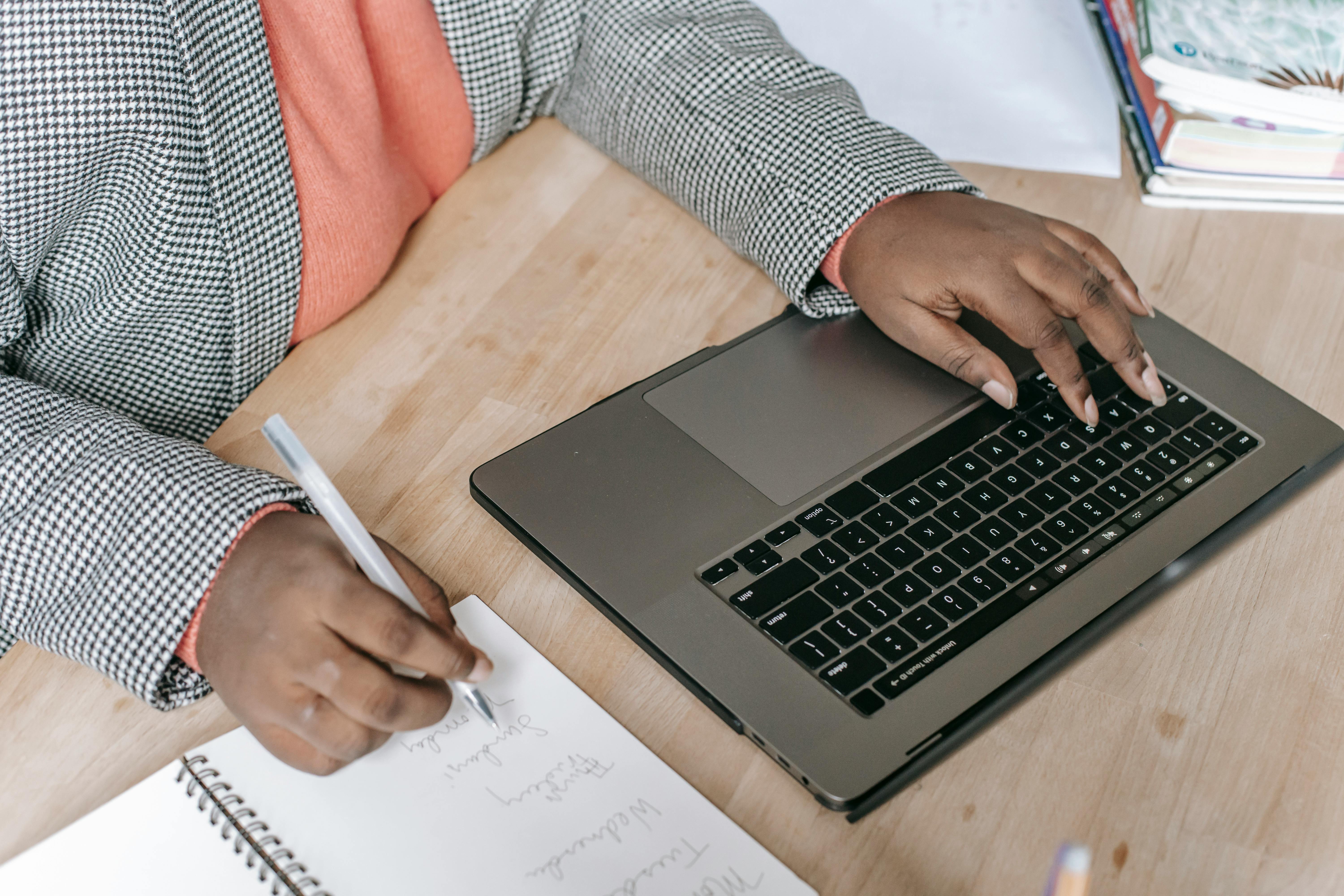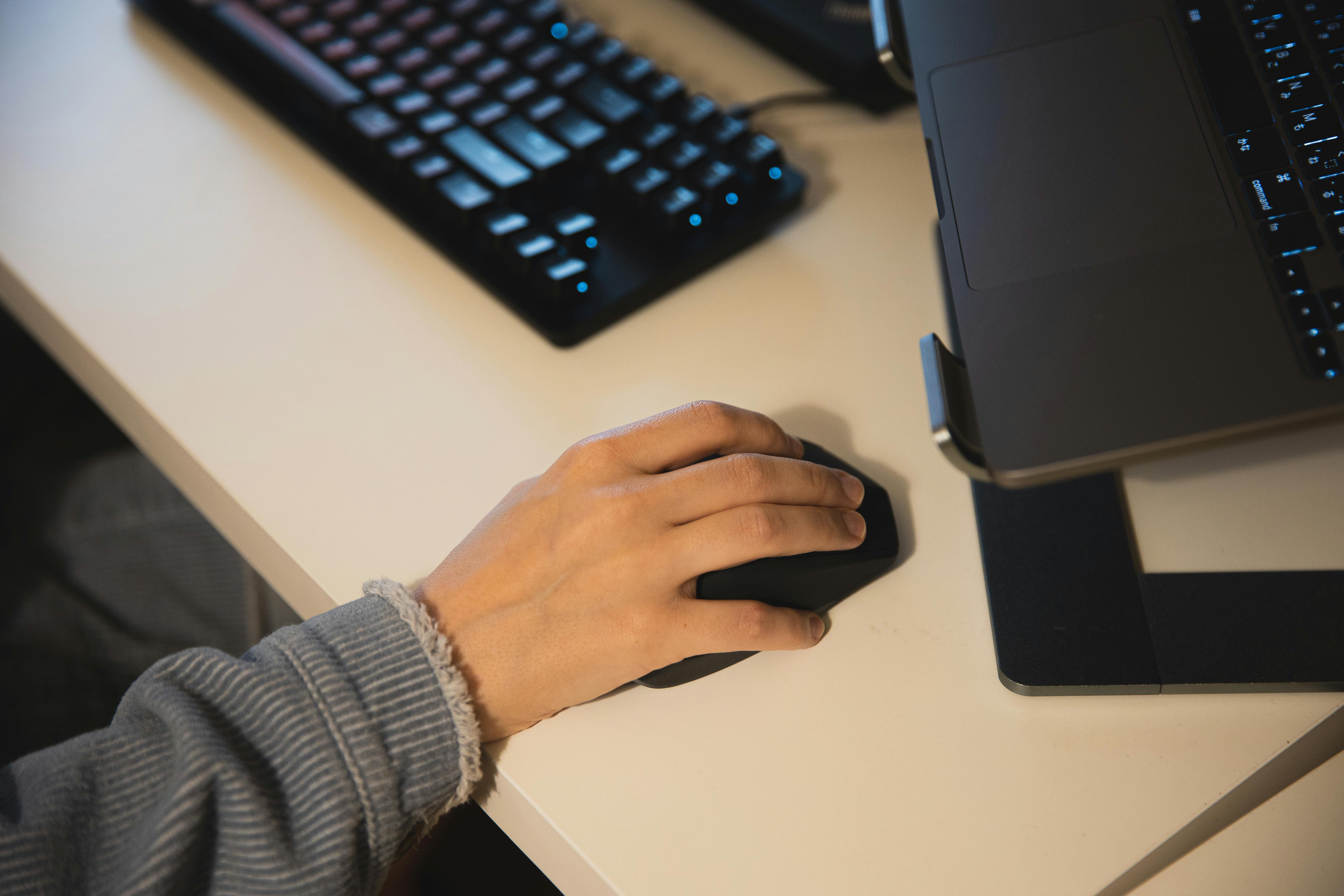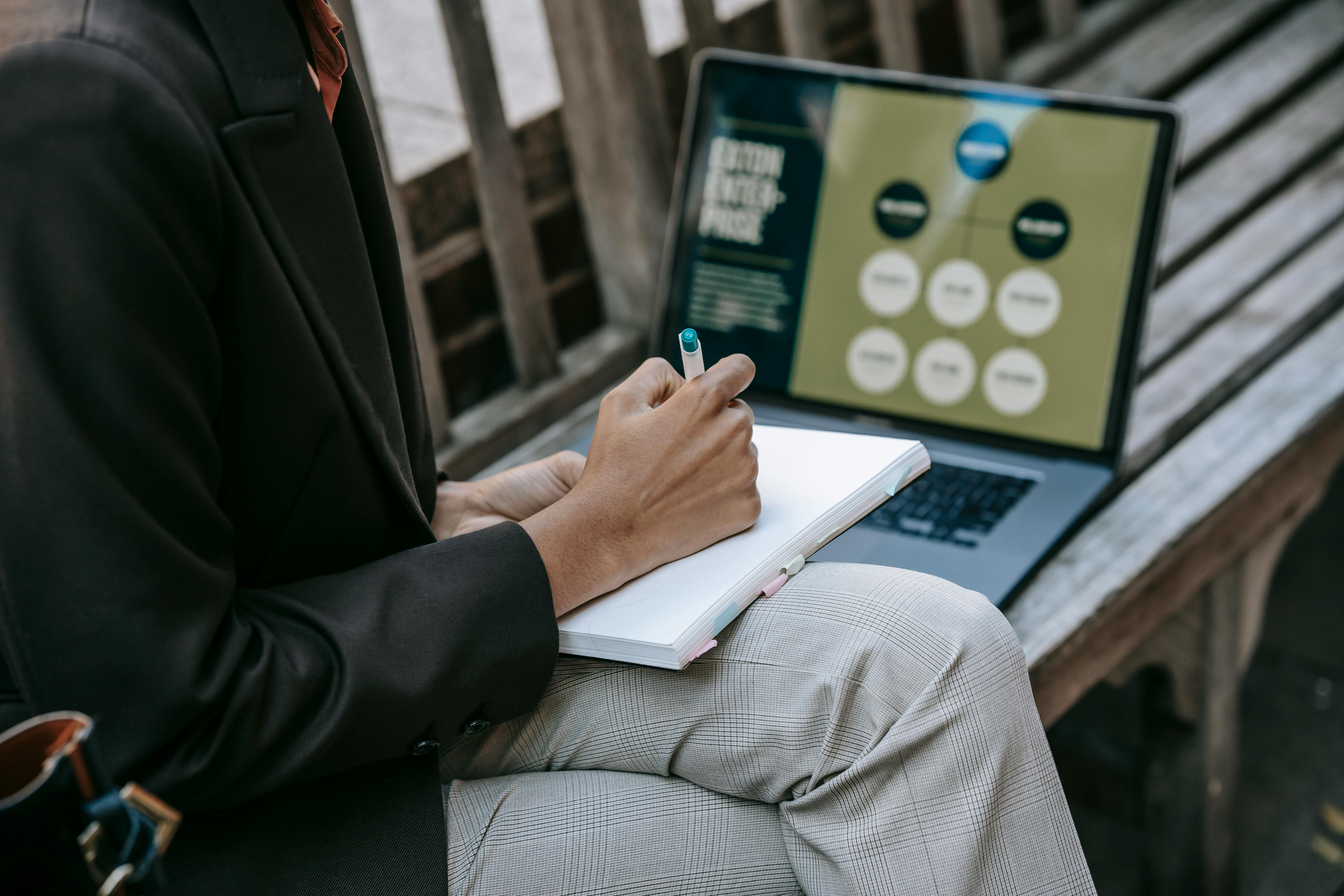When you play in a band, group or combo situation, there is a term you will often hear known as “in the pocket”.
And no … “in your pocket” does not refer to a place to lay your hands at a concert. In simple terms, when a band is playing “in the pocket”, they are musically playing “in sync” with each other.
First of all, it is important to realize that a band can play a song together on stage, the same song at the same time, but not actually play “in sync” with each other.
It can be compared to the old analogy of an 8 cylinder car engine. If the engine only runs on 6 or 7 cylinders, it will still take the car down the road and eventually end up at its destination. But on the road, the car can cough, sputter, and waver, making for a bumpy ride.
On the contrary, when the engine is running on all 8 cylinders, driving will be smooth and easy, almost effortless.
When a band is playing “in the pocket”, it is running smoothly on all 8 cylinders.
The “pocket” of a song is its “rhythmic core”. The foundation upon which all other instruments, voices, and melodies are layered.
Very often, the term “in the pocket” is used to describe the ability of the drummer and bassist to “focus” on that rhythmic core of the song. As a result, a drummer or bassist will often be favorably described as a “pocket player.”
But we, as guitarists, also have the ability to make a contribution to the “pocket” of a song.
Here are some things a guitarist can focus on to play “in the pocket” with the band.
1. “Listen to me” vs. “Listen to us”
It’s natural, as guitar players, to focus on what we do individually. We are often engrossed in dazzling audiences with our leads and solos.
But playing “in the pocket” requires a mental shift from an individual player to one of a “team” player.
2. Pay more attention
Instead of focusing on what we are doing individually, to become better “pocket players”, we should spend more time “really listening” to what is going on around us.
Try to focus more on actually “hearing” each individual part that the other players (drummer, bassist, keyboard player, trumpets, etc.) are contributing to the piece.
3. make a contribution
Once you become adept at truly listening to the other parts of the players around you, now try to focus on what your contribution to the “pocket” is.
Listen carefully to how what you are playing on the guitar contributes to the overall sound of the band as a “whole.”
4. Simple is better ….. Less is more
Very often, for a guitarist, the best contributions to the pocket are the simplest things, such as a “chink chink chink” chord pattern that matches the drum, or a simply strummed chord that plays with the bass.
Always keep in mind that a guitarist’s rhythms should complement the low end, not contrast it, and that can often be achieved most successfully using simple techniques and allowing the song to “breathe” with many gaps.
5. Feel it!
All technical considerations aside, the ability to play “in your pocket” really comes from learning to play from the perspective of “feeling” the music.
Avoid the natural tendency to “overthink” what you’re doing and simply lose yourself in the “feel” of the song, and you’ll be surprised how quickly you’ll find yourself “in your pocket.”
In conclusion
Keep in mind that it is not just the drummer and bassist’s responsibility to find the “pocket”. We as guitarists have an obligation to make our contribution as well.
Always remember that there is a subtle difference between bands that play “in the pocket” and those that don’t. But often, it’s that fine line that separates the good bands from the greats!



